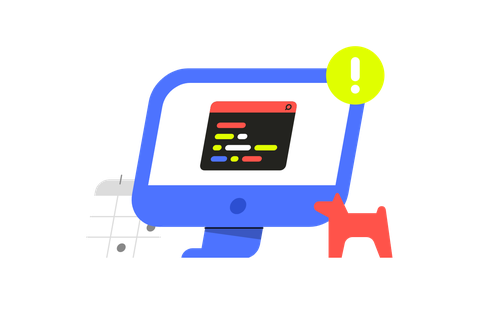Explore this community for exciting opportunities and info for International Students!
Sidebar
Search Career Connections Center
Stay Connected
Want to stay up to date on opportunities, resources and events? Subscribe for weekly notification!
Explore this community for exciting opportunities and info for International Students!

This blog post was co-authored by Erica Ford, International Career Development Coach at Cornell University.
Being an international student comes with unique challenges when it’s time for job hunting. There will be many potential career paths to pursue, so having …
Want to stay up to date on opportunities, resources and events? Subscribe for weekly notification!

Explore occupations by career categories and pathways and use real time labor market data to power your decision making.
First, choose an industry of interest, then filter for occupation. (If you'd like to see data for a specific location only, filter by state.)
Type in a keyword to select a relevant occupation. (If you'd like to see data for a specific location only, filter by state.)












The United States remains one of the most desirable job markets in the world. It’s an incredibly large country, with …

The United States receives more immigrants than any other country in the world. In fact, approximately 17% of the American …
A guide to Diversity Statements along with extra resources to help when working on application documents for graduate school and …
J. Wayne Reitz Union
Suite 1300
PO Box 118507
Gainesville, FL 32611-8507
| M Monday | 8:00 am- 5:00 pm |
|---|---|
| T Tuesday | 8:00 am- 5:00 pm |
| W Wednesday | 8:00 am- 5:00 pm |
| TH Thursday | 8:00 am- 5:00 pm |
| F Friday | 8:00 am- 5:00 pm |
We are located on Level 1 of the Reitz Union.
